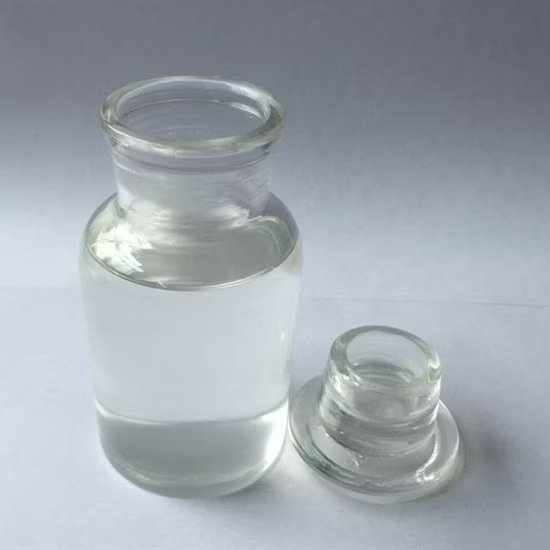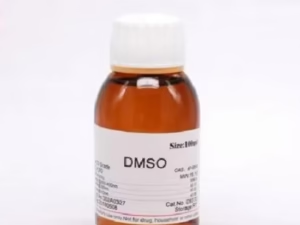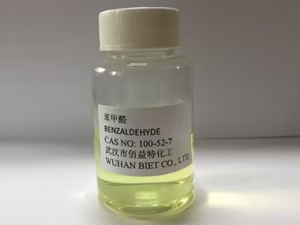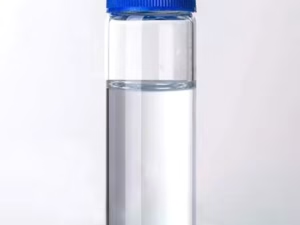Description
Vinyl Acetate Monomer (VAM): The Versatile Building Block of Countless Products
Vinyl Acetate Monomer (VAM) is a colorless liquid with a characteristic sweet odor. While it might not be a household name, VAM is a crucial intermediate chemical compound used in the production of a vast array of everyday products, impacting industries ranging from construction and packaging to textiles and adhesives. In essence, VAM is a versatile building block that underpins a significant portion of modern manufacturing.
What Exactly is VAM?
VAM is an organic compound with the chemical formula CH3COOCH=CH2. It is primarily produced through the vapor-phase reaction of ethylene, acetic acid, and oxygen over a palladium catalyst. The result is a highly reactive monomer that readily polymerizes, making it ideal for creating polymers and copolymers.
A Polymer Powerhouse: How VAM is Used
The majority of VAM produced globally (around 90%) is used in the production of polymers and copolymers, most notably:
- Polyvinyl Acetate (PVAc): Perhaps the most well-known application, PVAc is used in a wide variety of adhesives, paints, coatings, and textile treatments. You’ll find PVAc in your wood glue, bookbinding glue, and even in some chewing gums. Its low cost and good adhesive properties make it a staple in many industries.
- Polyvinyl Alcohol (PVA): Derived from PVAc through hydrolysis, PVA enjoys diverse applications. Think of water-soluble films used in detergents, paper coatings, and even in certain textile finishes. PVA fibers are also used in specialized fabrics and concrete reinforcement.
- Ethylene-Vinyl Acetate (EVA): This copolymer offers a compelling combination of flexibility, resilience, and toughness. EVA is commonly found in shoe soles, foams, packaging films, hot melt adhesives, and even in biomedical applications like controlled drug release systems.
- Vinyl Acetate-Vinyl Chloride (VA-VC) Copolymers: These copolymers boast excellent resistance to oils, chemicals, and abrasion. They are used in a variety of applications, including flooring, wall coverings, and phonograph records (though increasingly replaced by digital media).
The Key Industries Relying on VAM:
The versatility of VAM polymers translates to a wide range of industries dependent on its production:
- Construction: VAM-based polymers are crucial in paints, coatings, adhesives, and sealants, contributing to the longevity and durability of buildings.
- Packaging: EVA films provide excellent barrier properties for food packaging, while PVAc glues are essential for sealing cartons and boxes.
- Textiles: VAM polymers are used in textile coatings, finishes, and non-woven fabrics, providing properties like water resistance and enhanced durability.
- Adhesives: From woodworking to packaging, VAM-based adhesives provide strong and reliable bonding capabilities.
- Paper and Coatings: VAM helps to improve the strength, printability, and water resistance of paper and various coating applications.
Considerations and Future Trends:
While VAM offers immense benefits, it’s crucial to acknowledge potential health and safety concerns. Like many industrial chemicals, VAM can be irritating to the skin, eyes, and respiratory system. Appropriate handling procedures and safety measures are essential in production and processing environments.
Looking ahead, the VAM market is expected to see continued growth driven by increasing demand from end-use industries. Research and development efforts are focusing on developing more sustainable production methods and exploring new applications for VAM-based polymers, including bio-based VAM production using renewable resources.
In Conclusion:
Vinyl Acetate Monomer may be an unseen workhorse, but its impact is undeniable. From the glue holding together your furniture to the packaging protecting your food, VAM and its derivative polymers are integral to modern life. As industries continue to innovate and strive for more sustainable solutions, VAM will undoubtedly remain a cornerstone of material science for years to come.
















Reviews
There are no reviews yet.